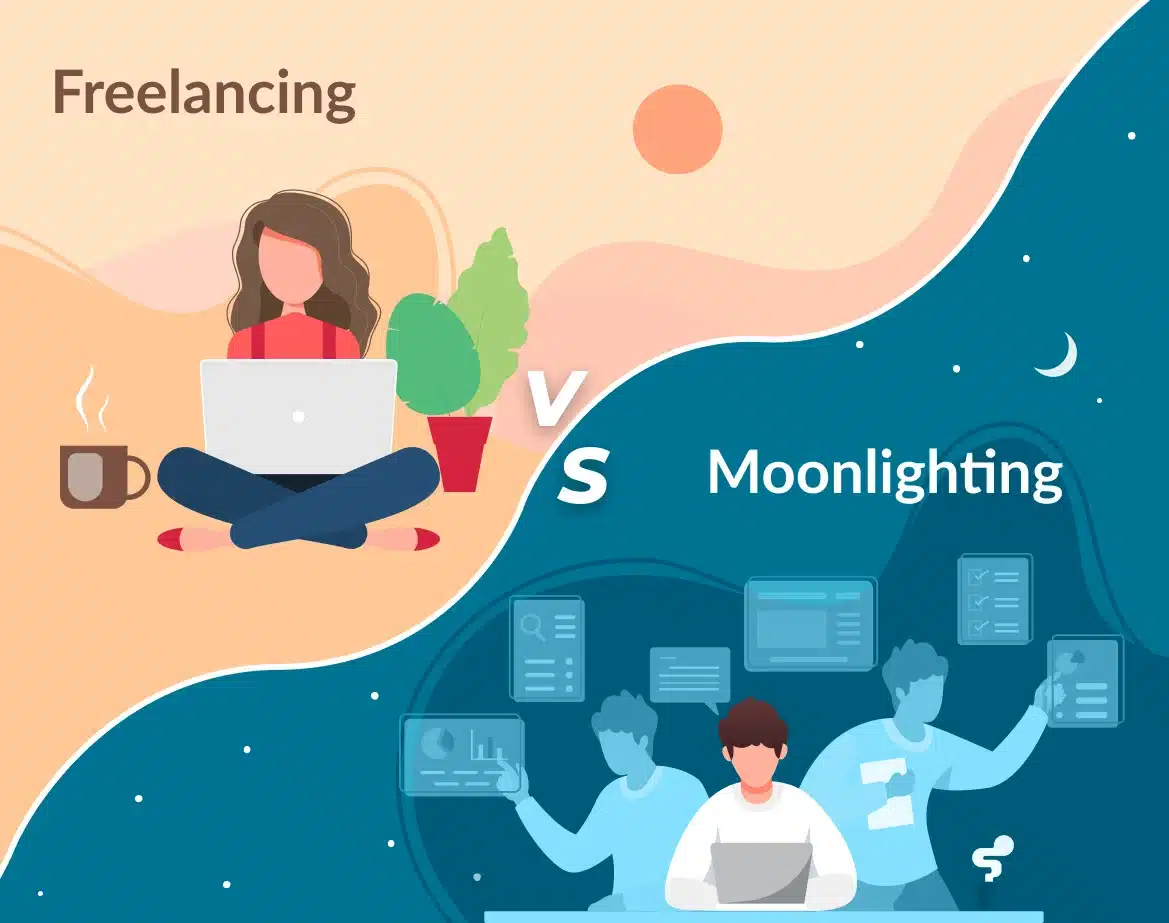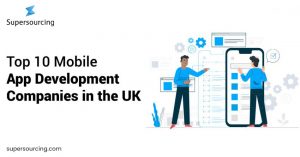Table of content
Moonlighting, in the realm of HR tech, is the practice of employees engaging in additional work outside their primary job. While it is not new, it has witnessed a significant evolution over the years. In traditional settings, moonlighting was often viewed through a lens of suspicion, associated with divided loyalties. However, the contemporary landscape paints a different picture, shaped by the dynamic gig economy and the pervasive influence of technology.
Historically, moonlighting was seen as a potential threat to employer-employee relationships. Today, it has transformed into a more accepted and even embraced aspect of the talent market. Understanding the historical context and the shift in perception is crucial in unraveling the impact of moonlighting on the ever-evolving HR tech industry.
The Dynamics of Moonlighting
Understanding the dynamics is essential for both employees and employers as they navigate the opportunities and challenges presented by moonlighting in the modern workplace. The dynamics of moonlighting reflects the evolving nature of work in today’s landscape:
The Gig Economy Influence
Moonlighting’s surge is intricately tied to the flourishing gig economy. As we explore this relationship, it becomes evident that the gig economy, with its flexible work structures, has paved a fertile path for moonlighting to thrive. Employees now navigate a landscape where traditional 9-to-5 commitments coexist with opportunities for supplemental engagements.
Freelancing vs. Moonlighting
Distinguishing between freelancing and moonlighting is crucial for unraveling the nuances within the talent market. While freelancers typically dedicate themselves wholly to multiple projects, moonlighters balance part-time commitments with their primary employment. This distinction carries implications for employers seeking diverse talent. Moonlighting, with its unique set of benefits and challenges, adds a layer of complexity to the evolving gig economy narrative. Understanding these dynamics is essential for both employers and employees as they navigate the changing contours of work in the modern era.
Moonlighting in the Digital Age
Moonlighting in the digital age is a phenomenon shaped by the transformative impact of technology on the way we work. Here are few aspects to consider:
Remote Work Facilitation
The seismic shift towards remote work has not only changed where we work but has significantly contributed to the rise of moonlighting. Examining this phenomenon reveals that the freedom to work from anywhere has empowered individuals to take on additional roles, blurring the lines between personal and professional life. The flexibility inherent in remote work acts as a catalyst for moonlighting, allowing individuals to explore diverse opportunities.
The Impact of Technology Platforms
In the digital age, technology platforms play a pivotal role in connecting moonlighters with potential employers. These platforms act as virtual marketplaces, facilitating seamless interactions between talent and opportunities. Reviewing their influence unveils a landscape where individuals can easily showcase their skills and employers can access a broader pool of talent. The impact of technology on moonlighting is not just about connectivity; it’s about democratizing access to opportunities in a world where boundaries are increasingly becoming virtual.
Advantages and Challenges of Moonlighting
Understanding the advantages and challenges is crucial for both individuals considering moonlighting and employers seeking to adapt to this evolving aspect of the modern workplace. Let’s dive into these advantages and challenges:
Advantages for Employees
For employees, moonlighting offers a gateway to enhanced flexibility and improved work-life balance. Juggling multiple commitments becomes manageable, allowing individuals to shape their schedules to fit personal needs. Moreover, moonlighting serves as a platform for skill diversification and professional growth, enabling individuals to broaden their expertise beyond the confines of their primary job.
Advantages for Employers
From an employer’s standpoint, embracing moonlighting can be advantageous. It opens the door to a diverse talent pool, as individuals bring varied skills acquired through moonlighting experiences. Additionally, moonlighting fosters cost-effectiveness and resource optimization, as employers can tap into part-time expertise without the commitment of full-time positions.
Challenges for Both Parties
However, navigating moonlighting comes with its set of challenges. Balancing multiple commitments poses a significant challenge for employees, requiring adept time management. Simultaneously, employers must address potential conflicts of interest and ethical considerations, ensuring that the moonlighting activities of their workforce align with organizational values. Achieving a harmonious balance between these advantages and challenges is essential for both employees and employers venturing into the realm of moonlighting.
Moonlighting’s Ripple Effect on the Talent Market
Moonlighting’s ripple effect extends beyond individual career choices, influencing how organizations approach talent acquisition, retention, and the cultivation of a work environment that accommodates diverse professional aspirations.
Talent Acquisition and Retention
As moonlighting becomes a prevalent trend, retaining top talent requires a delicate balance. Organizations need to acknowledge and adapt to the evolving aspirations of their workforce. Implementing strategies that foster loyalty and engagement becomes imperative to ensure that valuable contributors remain committed amidst the lure of moonlighting opportunities.
Employer Branding
Shaping an employer brand that accommodates moonlighting is crucial. Companies must address concerns transparently, fostering a positive work environment that values individual pursuits. Navigating this new terrain requires a nuanced approach, one that aligns organizational goals with the changing dynamics of the talent market influenced by the rise of moonlighting.
Legal and Ethical Considerations
Clear communication in employment contracts is paramount in addressing the complexities of moonlighting. Organizations must transparently define expectations regarding additional work commitments to avoid misunderstandings and conflicts. Crafting effective moonlighting policies is equally crucial. These policies should align with legal standards, striking a balance between safeguarding the interests of both employers and employees. By establishing open communication channels and comprehensive policies, organizations can navigate the legal and ethical considerations surrounding moonlighting, fostering a work environment built on trust and clarity.
Future Outlook
Anticipating the future landscape of moonlighting in the HR tech industry unveils a dynamic scenario shaped by ongoing innovations and challenges. As technology continues to play a pivotal role, the gig economy’s influence is expected to further intertwine with moonlighting, redefining traditional work structures. Potential innovations and challenges on the horizon include the continual evolution of digital platforms connecting talent and opportunities, alongside addressing the ethical implications of this shifting paradigm. Navigating this future terrain requires adaptability, emphasizing the need for organizations to stay attuned to emerging trends and proactively shape their strategies in response to the evolving nature of moonlighting.
Conclusion
In conclusion, the rise of moonlighting marks a transformative chapter in the HR tech industry. As we witness the convergence of remote work, gig economy dynamics, and evolving technologies, the traditional notions of employment are evolving. Acknowledging the advantages and challenges, employers and employees must navigate this new landscape with transparency, adaptability, and a keen understanding of legal and ethical considerations. The future of moonlighting holds both promises and uncertainties, urging organizations to embrace change, foster open communication, and remain agile in shaping strategies that resonate with the ever-evolving dynamics of the talent market.









